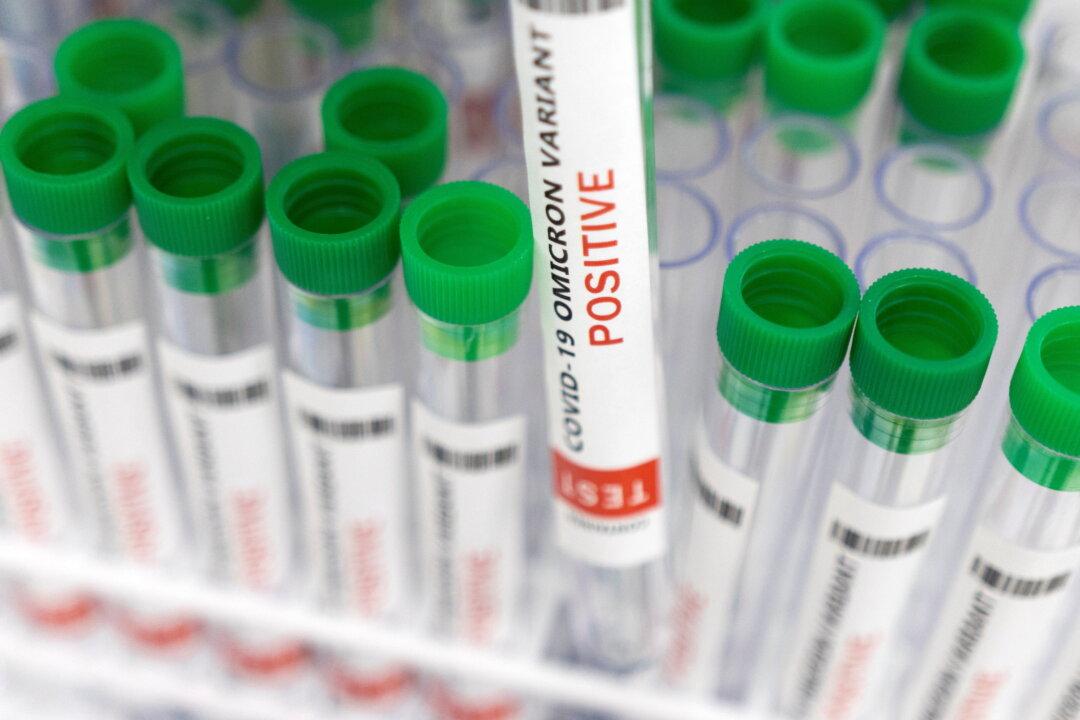The World Health Organization (WHO) says it is concerned about the spread of the XBB.1.5 strain of COVID-19 across the world, calling it the “most transmissible” Omicron subvariant they have detected until now.
“We are concerned about its growth advantage in particular in some countries in Europe and in the U.S., in North America, particularly the Northeast part of the United States, where XBB.1.5 has rapidly replaced other circulating variants,” said Dr. Maria Van Kerkhove, the WHO’s technical lead for COVID-19, at a press conference on Wednesday. “Our concern is how transmissible it is … and the more this virus circulates, the more opportunities it will have to change.”





